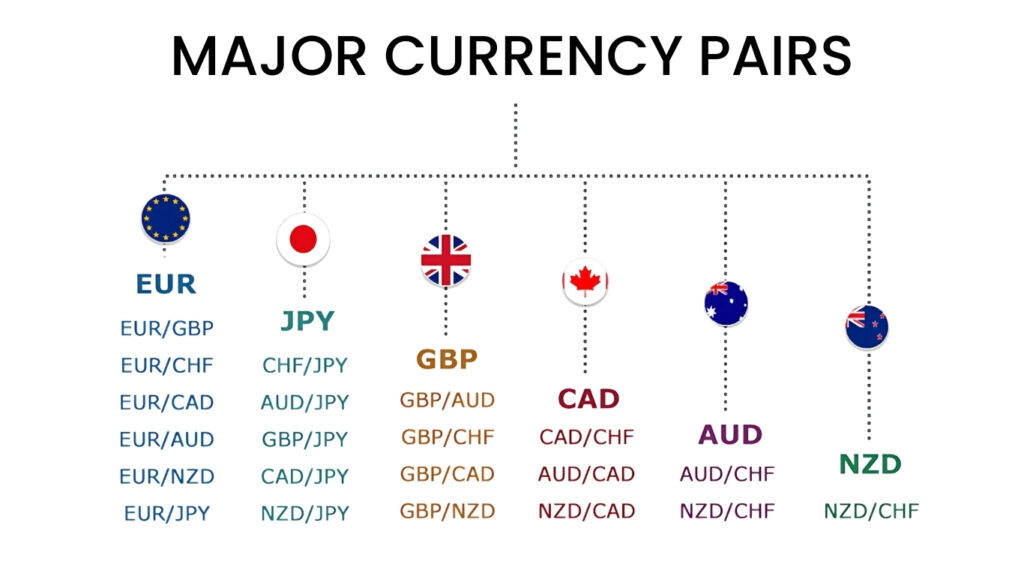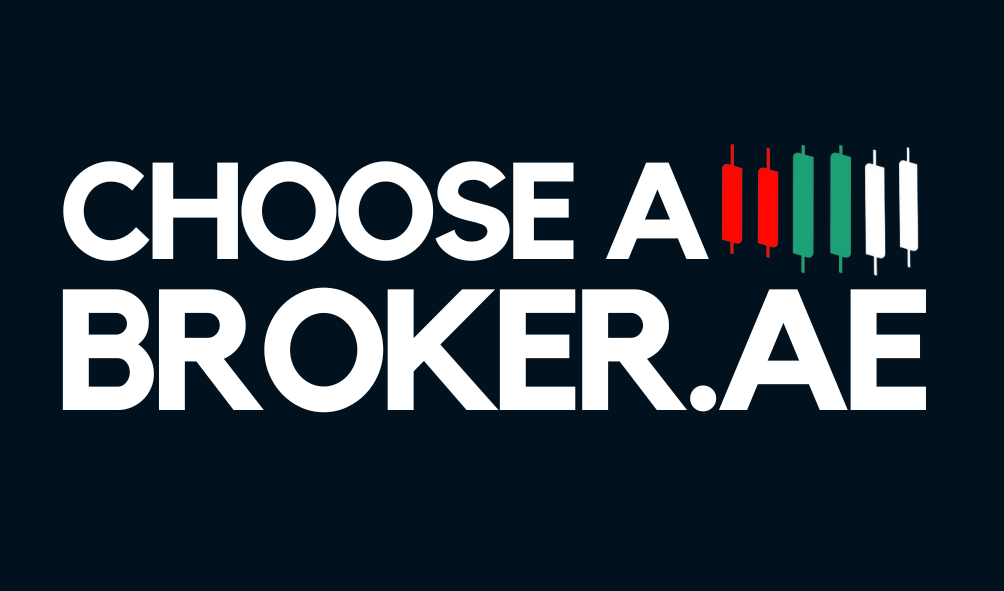By Sam Reid
The online trading industry in the Middle East is on track to hit a staggering $1 trillion by 2025, with UAE-based traders alone handling a record $468.9 billion in trading volume in 2024. We’re excited to walk you through exactly how to tap into this fast-growing market right from Dubai—let’s get started!
The online trading industry in the Middle East is on track to hit a staggering $1 trillion by 2025, with UAE-based traders alone handling a record $468.9 billion in trading volume in 2024. We’re excited to walk you through exactly how to tap into this fast-growing market right from Dubai—let’s get started!
Why Online Trading Is Booming in Dubai
Dubai’s ultra-fast internet, world-class trading regulations, and tax-friendly environment have turned it into a hub for both casual traders and pros.
Whether you want to speculate short-term or build a long-term portfolio, you can do it all from your laptop or smartphone. Best of all? You can fund your account in AED (often with as little as AED 500) with a number of brokers, so there’s no hefty barrier to entry.
Whether you want to speculate short-term or build a long-term portfolio, you can do it all from your laptop or smartphone. Best of all? You can fund your account in AED (often with as little as AED 500) with a number of brokers, so there’s no hefty barrier to entry.
Step 1: Decide What You Want to Trade
First, choose the type of exposure that fits your goals:
- Investing: Buy and hold shares or ETFs outright for dividends and capital appreciation.
- CFD trading: Speculate on price movements (up or down) using leverage—no ownership of the underlying asset required.

Your choice determines the broker you should register with, the account type you’ll open and the features you’ll need.
Step 2: Select a reputable trading broker online
Finding the right trading broker online makes all the difference. Look for:
As a recommendation, XTB stands out with its award-winning platform, tight spreads, and support for AED deposits—perfect for beginners and veteran traders alike.
When selecting your trading broker online, be sure to test their demo environment first to get a feel for the interface.
- Regulation: Ensure they’re licensed by the UAE’s Securities and Commodities Authority (SCA) or DFSA.
- Fees & spreads: Compare commissions, overnight funding, and typical spreads (e.g., EUR/USD from 1.2 pips).
- Platform & tools: Demo accounts, charting, mobile apps.
- Local Support: 24/5 UAE-hour customer service plus AED-friendly deposit/withdrawal methods.
As a recommendation, XTB stands out with its award-winning platform, tight spreads, and support for AED deposits—perfect for beginners and veteran traders alike.
When selecting your trading broker online, be sure to test their demo environment first to get a feel for the interface.

Step 3: Complete the verification (KYC) process
Dubai regulations require “Know Your Customer” checks:
1. Upload ID: Passport or Emirates ID.
2. Proof of Address: Utility bill or bank statement (dated within 3 months).
3. Questionnaire: Trading experience and risk profile.
This can take 1–2 business days. Once approved, you’ll receive login details for your live account.
1. Upload ID: Passport or Emirates ID.
2. Proof of Address: Utility bill or bank statement (dated within 3 months).
3. Questionnaire: Trading experience and risk profile.
This can take 1–2 business days. Once approved, you’ll receive login details for your live account.
Step 4: Fund your account in AED
Depositing in AED if you're trading from the UAE will allow you to bipass any currency conversion fees.
Most brokers let you deposit via:
Aim for a starting deposit of at least AED 500–1,000 to cover margin requirements and diversify your positions.
Most brokers let you deposit via:
- Bank transfer (local AED transfers are often free)
- Debit/credit card (fees may apply)
- e-wallets (Neteller and Skrill charge 2%)
Aim for a starting deposit of at least AED 500–1,000 to cover margin requirements and diversify your positions.
Step 5: Choose your market and instruments
Dubai traders love FX, equities, and commodities like gold. If you’re exploring forex trading in dubai, you can trade popular pairs like EUR/USD, USD/JPY, and GBP/USD.

Many platforms like Equiti also offer local stocks , gold, oil, and tech stocks.
When you’re ready, switch to real-money mode and set your:
- Position size: Decide how much AED you’re risking per trade.
- Leverage: Use cautiously—20:1 is a good starting point for beginners.
Step 6: Place your first trade
1. Select instrument (e.g., GBP/USD, Apple shares).
2. Choose order type: Market, limit, or stop order.
3. Set risk parameters: Apply a stop-loss (e.g., 1% of your account) and take-profit if desired.
4. Execute: Click “Buy” or “Sell.”
5. Keep it simple: start with one trade at a time and review how fees in AED affect your bottom line.
2. Choose order type: Market, limit, or stop order.
3. Set risk parameters: Apply a stop-loss (e.g., 1% of your account) and take-profit if desired.
4. Execute: Click “Buy” or “Sell.”
5. Keep it simple: start with one trade at a time and review how fees in AED affect your bottom line.
Step 7: Manage risk and learn
Trading isn’t “set and forget.” Here’s how you stay on track and stay confident.
- Use a demo: Practice without risking real AED.
- Keep a journal: Note every trade’s rationale, entry, and exit.
- Stay informed: Follow UAE market news, economic data, and central bank announcements.
- Limit leverage: Higher leverage magnifies both wins and losses.
Tip for Beginners
TIP: Before you dive in, try forex trading in dubai on a demo to understand how the markets behave around regional and global news events. Then, transition to your live account gradually.
FAQs
How to start online trading in Dubai?
Open a regulated trading account (e.g., with XTB), verify your ID, fund in AED, choose your asset, and plae your first trade by clicking Buy or Sell.
How do I start online trading for beginners?
Begin on a demo, learn basic order types, apply strict risk limits (like 1% per trade), and focus on one market at first.
Is online trading allowed in Dubai?
Yes—online trading is fully regulated by the SCA (for local stocks) and DFSA (for DIFC-licensed brokers).
Which trading is best for beginners in the UAE?
Many start with low-spread, and major popular pairs for forex dubai traders (e.g., EUR/USD) or large-cap stocks via ETFs. Choose a strategy that fits your time horizon and risk tolerance.
Open a regulated trading account (e.g., with XTB), verify your ID, fund in AED, choose your asset, and plae your first trade by clicking Buy or Sell.
How do I start online trading for beginners?
Begin on a demo, learn basic order types, apply strict risk limits (like 1% per trade), and focus on one market at first.
Is online trading allowed in Dubai?
Yes—online trading is fully regulated by the SCA (for local stocks) and DFSA (for DIFC-licensed brokers).
Which trading is best for beginners in the UAE?
Many start with low-spread, and major popular pairs for forex dubai traders (e.g., EUR/USD) or large-cap stocks via ETFs. Choose a strategy that fits your time horizon and risk tolerance.
Disclaimer: Remember that forex and CFD trading involves high risk. Always do your own research and never invest what you cannot afford to lose.



